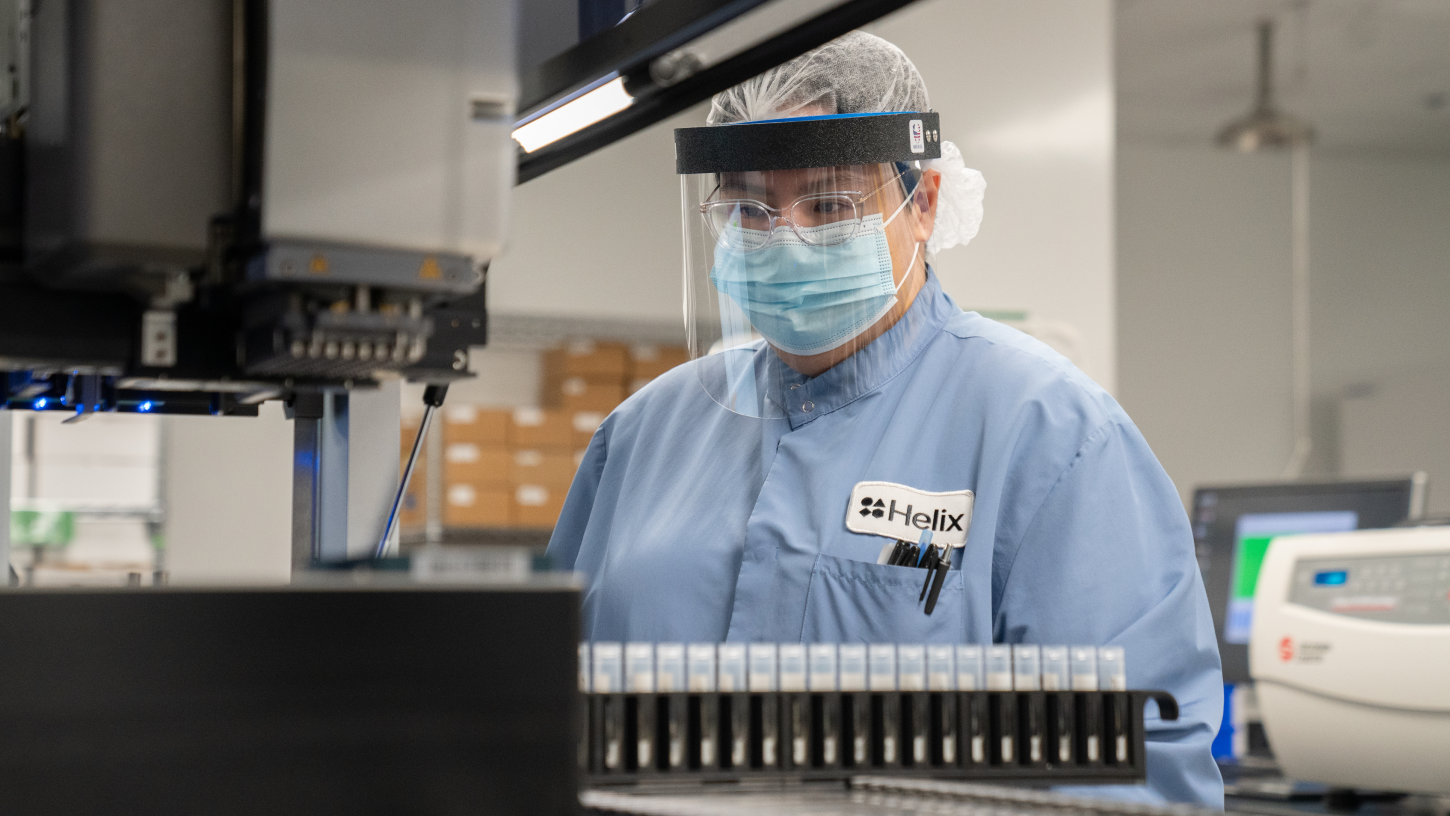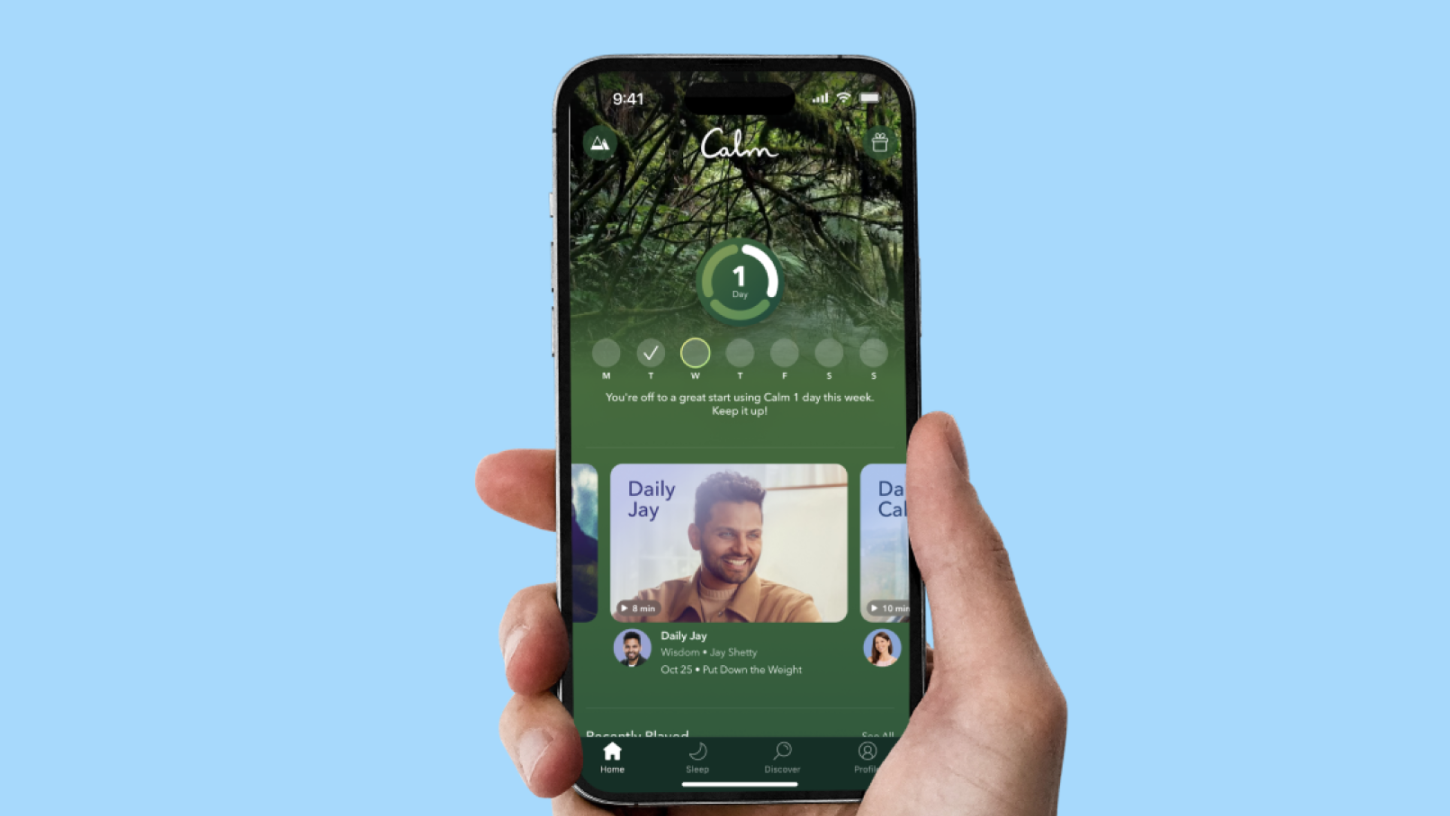
Healthcare
Intermountain Health + UserTesting
Read about Intermountain Health’s drive to improve their online experiences–which led to a 39.6% increase in new patient scheduling

Intermountain has significantly transformed our digital experiences over the past several years. We create prototypes to test major changes to our patient portal before we build them. Then we test these prototypes with customers.
Tucker Christiansen
Director of Product Management, Intermountain Health

About the company
Intermountain Health is a United States not-for-profit healthcare system with 385 clinics and 33 hospitals in the Intermountain West. The company's headquarters are in Salt Lake City, Utah. In 2022, Intermountain Health merged with Colorado-based SCL Health and the combined system employs more than 67,000 caregivers.
Get started now
Contact Sales- 87%Year-over-year growth in all online scheduling
- 39.6%Rise in new patient scheduling
 Surge in 5-star reviews citing the ease of online scheduling
Surge in 5-star reviews citing the ease of online scheduling
The healthcare industry notoriously lags behind others in terms of the digital experiences it offers to customers. Research suggests that as many as 50% of consumers will switch their healthcare provider to another one that provides a better digital experience. Intermountain Health’s business leaders recognized this challenge.
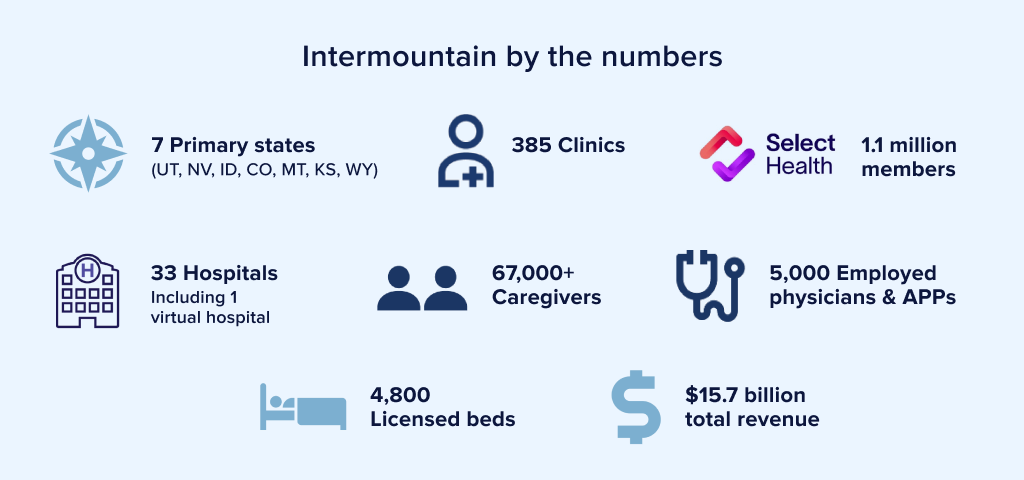
They also recognized a shift in the market: an increasing number of consumers expect to schedule their appointments online rather than call over the phone. And, finally, they noticed that online scheduling consistently rated in their surveys as one of the most important digital features in their patient portal. So the organization led a drive across the enterprise for ‘Ease of Scheduling,’ with a special emphasis on their digital experiences.
The Intermountain Product team believed they could increase the completion rate of patients who started the online scheduling experience in their patient portal. To accomplish that, human insight would play an important role. Their plan involved leveraging data from various sources, including usability testing, analytics, A/B testing, customer feedback / surveys, and interviews with customers. According to Tucker Christiansen, Director of Product Management, “We create prototypes and test any major changes to our patient portal before we build them.”
The Intermountain Product team started by using web analytics to evaluate their existing scheduling experience. They observed that patients scheduling through the workflow for a new provider had significantly lower completion rates than patients scheduling with providers they had previously visited. Evaluating data from in-app surveys, monthly surveys, and app store reviews, etc. helped them understand why customers more frequently abandoned the scheduling process for visits with new providers. It’s a more complex decision process for a patient, as the patient considers pursuing a new doctor-patient relationship. Patients want to understand availability, location, and quality of the provider—as quickly as possible. Scheduling appointments with an existing provider does not involve these same complexities.
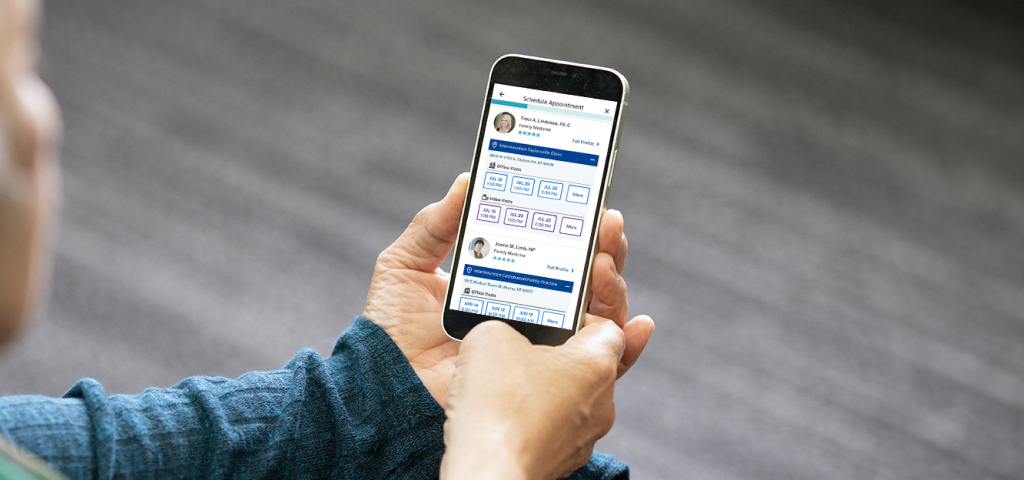
Tucker Christiansen explains, “Armed with this data, we had a theory that by making it easier for the patient to see all of the key information earlier in the flow, they could more easily make this decision and choose the best provider that met their needs. As such, we planned a major redesign of the new provider scheduling workflow.”
Availability presented a challenge in the old flow, as it took four clicks from the list of providers page to reach the availability screen for a single provider. That’s a lot of clicking back and forth when comparing the availability of multiple providers. The Product team developed a prototype that showed the availability of providers directly on the list, thereby eliminating the extra clicks. They also included the providers’ ratings and further details about their physical addresses.
Usability testing was a key part of the prototyping process. Intermountain ran three rapid, back-to-back usability tests to test iterations of the new layout. The Product team was concerned they might overwhelm the user with details on the first page, but the test participants were easily able to complete the scheduling task with the new versions and provided valuable insights with each iteration. These usability tests gave Intermountain confidence to proceed with a solid prototype into development that they felt would simplify the user experience and outperform the prior version.
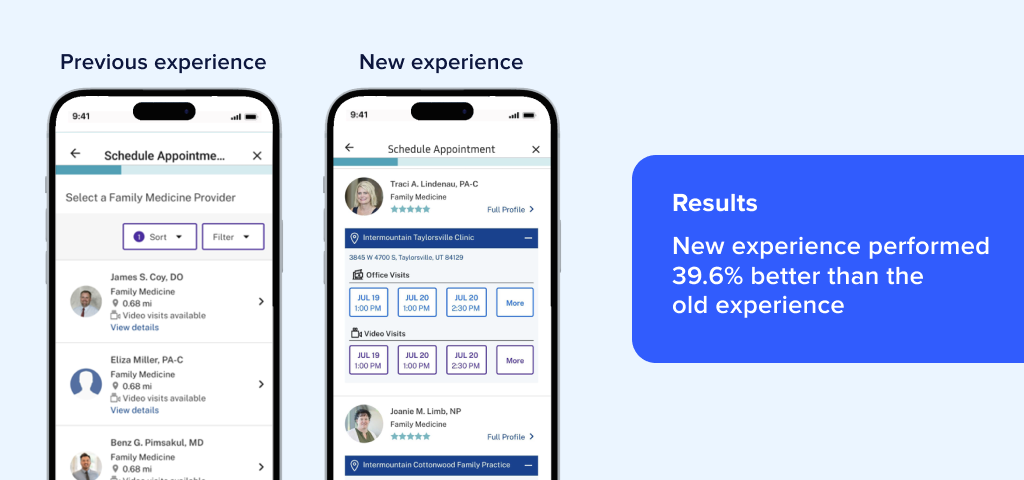
This usability testing also saved them a significant amount of time. If they had rushed to build the first version, then iterated on it in production, it would have taken several more months—and significantly more engineering cost—to source the insights they found through three weeks of prototype testing.
When Intermountain published their updated version of the new provider scheduling experience, they A/B tested the new version against the old in the production environment. They found within a two-week test that the new version outperformed the old one with 39.6% higher completion rates. The Product team recognized this as a massive increase in performance, so they declared it the winner and pushed it out to all users.
Tucker Christiansen says, “Ultimately, we had 87% year-over-year growth in all online scheduling. I’d estimate this major enhancement represents the biggest change driver. Other drivers would be minor enhancements and natural growth. We also found last year that online scheduling was our top source of five-star reviews. I like to call this the ‘wow factor.’ Most people giving a five-star rating don’t also leave a review, but they do when we’ve exceeded expectations.”

